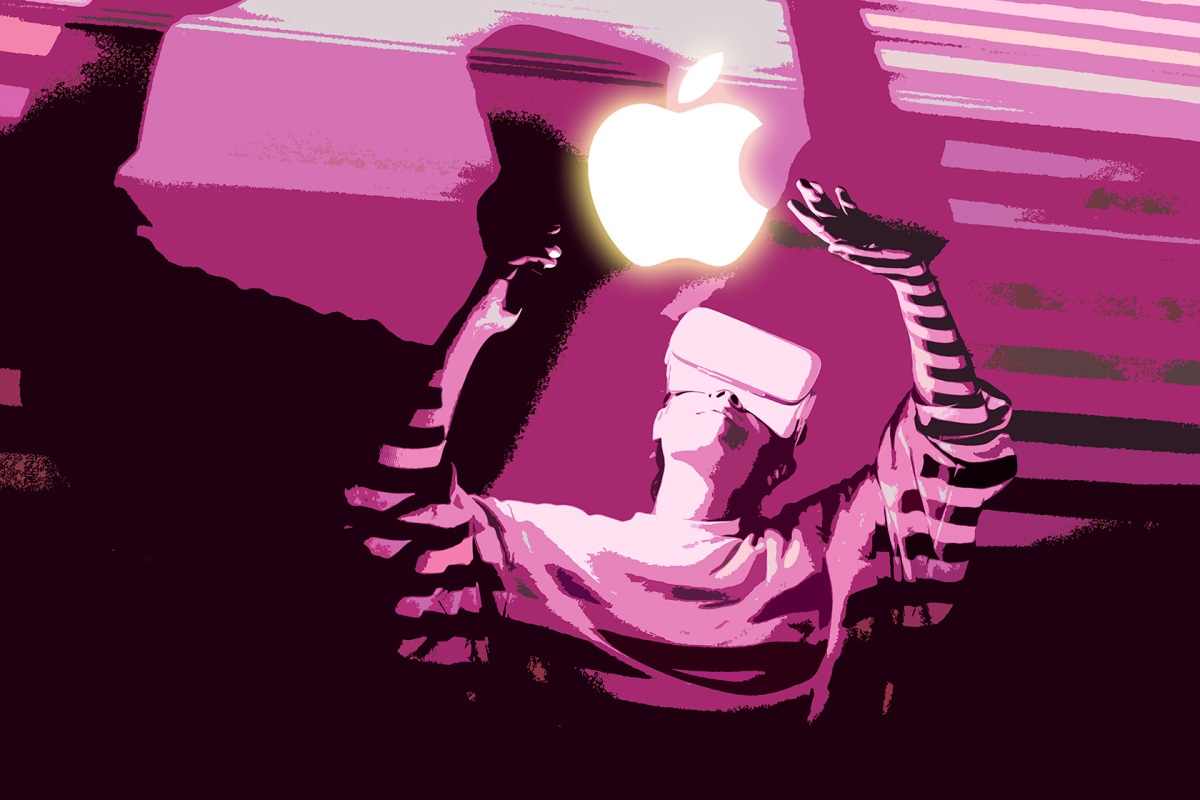
No one has done AR or VR well. Can Apple?
On Monday, Apple is more than likely going to reveal its long-awaited augmented or mixed reality Reality Pro headset during the keynote of its annual WWDC developer conference in California. It’s an announcement that has been tipped or teased for years now, and reporting on the topic has suggested that at various times, the project has been subject to delays, internal skepticism and debate, technical challenges and more. Leaving anything within Apple’s sphere of influence aside, the world’s overall attitude toward AR and VR has shifted considerably — from optimism, to skepticism.
Part of that trajectory is just the natural progression of any major tech hype cycle, and you could easily argue that the time to make the most significant impact in any such cycle is after the spike of undue optimism and energy has subsided. But in the case of AR and VR, we’ve actually already seen some of the tech giants with the deepest pockets take their best shots and come up wanting — not for lack of trying, but because of limitations in terms of what’s possible even at the bleeding edge of available tech. Some of those limits might actually be endemic to AR and VR, too, because of variances in the human side of the equation required to make mixed reality magic happen.
The virtual elephant in the room is, of course, Meta. The name itself pretty much sums up the situation: Facebook founder Mark Zuckerberg read a bad book and decided that VR was the inevitable end state of human endeavor — the mobile moment he essentially missed out on, but even bigger and better. Zuckerberg grew enamored by his delusion, first acquiring crowdfunded VR darling Oculus, then eventually commandeering the sobriquet for a shared virtual universe from the dystopian predictions of a better book and renaming all of Facebook after it.
Meta has had its kick at the can — in fact it’s been kicking furiously for the past half-decade at least. The last two efforts of note were the Meta Quest 3, which it revealed earlier this week to mild applause, and the intensely overpriced Meta Quest Pro, which landed with a thud that was anything but virtual. The best that you can say for Mark’s metaversal ambitions is that the Meta Quest and Quest 2 lured in a decent number of VR-curious casuals — but not nearly enough to build a sustainable business on at the scale of Facebook or the iPhone.
Looking around for a second-place finisher to supplement Meta’s thin dossier in support of AR/VR being the platform of the future, we come up pretty short on candidates. HTC ended up going all-in on VR when it offloaded its smartphone division to Google, but that’s hardly made it a household name. Sony launched a second generation of its PSVR this year, but that seems, by most accounts, to have been less enthusiastically received than the first. Steam has a VR headset, which I mention mostly in case you forgot (for which you’d be forgiven).
But this is Apple. It’s the company that basically invented the MP3 player, and the smartphone. Except that it didn’t actually invent either of those things, it just made them better. And the things that it was working from were already actually pretty well-loved and universally adopted (any number of generic MP3 players in the former case, and the BlackBerry in the latter). Apple has never actually had to deal with a cold start problem — it’s always been a refiner, not an inventor, nor a rescuer.
AR and VR headsets are not analogs to early MP3 players or smartphones — no matter how much companies spend in developing them, no matter how advanced the technologies they offer on board (or, conversely, how many concessions they make to comfort and convenience), consumers regularly stand up more or less in unison and say “neat, but no thanks.”
Apple’s entry seems unlikely to land any differently, despite what you may think of the company and its track record. AR and VR have fundamental problems when it comes to accessibility, with huge swaths of the population who find it nausea-inducing regardless of what mitigation strategies are put in place. A huge chunk of people just simply don’t like having to wear something on their face, period. In these cases, there’s probably not a value threshold that even exists that can overcome that objection — and certainly not one demonstrated by any of the existing attempts that have made it into people’s hands, well-funded and varied though they may be.
The internet is littered with blog posts penned by authors who underestimated Apple at their peril, deriding the iPhone as a “toy” or claiming the Apple Watch would become a high-profile failure. It’d be dumb not to admit the possibility that, as in those other areas, Apple might be able to come through with a surprise success that does end up striking a chord with a mass-market audience. AR and VR however, is a very different part of the technosphere, and the Apple of today is just literally quite a different company from the Apple that introduced the iPhone — or even the one that brought us the Apple Watch.
There’s a tremendous amount of anticipation around this launch, to be sure, but it’s different from the anticipation around other Apple launches. This time, the big question is “why” — and for once, Apple can’t look to other examples for answers.

No one has done AR or VR well. Can Apple? by Darrell Etherington originally published on TechCrunch


